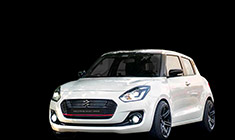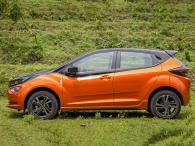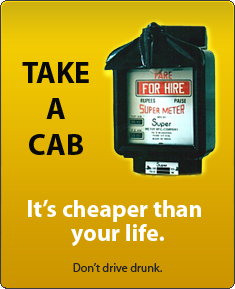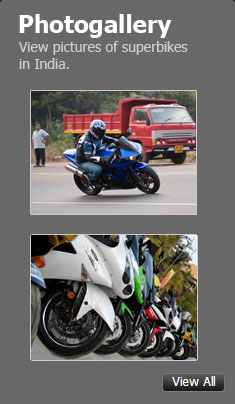News
Standard Bullet 350: DIY overhaul of the twin-leading drum brakes
With Disc brakes becoming the norm in almost all motorcycles now, the classic drum brakes have faded away into history.
BHPian that_sedate_guy recently shared this with other enthusiasts.
Owners of a Standard Bullet 350 can relate to the maintenance required to keep the brakes in good condition. Granted, it's a wonderful mechanism but it also brings with it, double the headache if set up improperly. I'll take you all through a brief about the braking system and then through how I reset the brakes on my motorcycle to a near-factory level of smoothness and far greater braking efficiency than it ever had.
The twin-lead brake system
With Disc brakes becoming the norm in almost all motorcycles now, the classic drum brakes have faded away into history but let's not forget the following
- They are simpler because they're mechanical systems as opposed to hydraulic systems on disc brakes.
- They're less prone to being affected by dust, water, mud, etc. This is not to say they're foolproof but they're less delicate. A disc on the other hand can easily get scored by debris and start screeching.
- They marginally contribute to the fuel efficiency of the vehicle. Drum brakes have a higher clearance between the friction material and the brake drum. Discs on the other hand have little to no clearance when in the no-load condition. This results in base-level friction always being present. With this friction eliminated in drum brakes, the wheels rotate a little more freely, although the difference is marginal.
These drum brake systems initially came with just one actuator and a passive hinge point to push out two brake shoes simultaneously out against the drum and provide braking force.Later, improvements were made to make both the brake shoes push actively against the drum. This was achieved by using twin leads which were mechanically coupled. This meant that the brake system was a lot more powerful but also needed careful alignment. Otherwise, the system had a risk of one brake shoe wearing off while the other did not make contact at all.Coming to my Bullet, the brake was in pretty bad shape. Spongy braking, little to no bite, sudden judders, brake lever getting stuck in the actuated position, and so on. Service centre visits were fruitless because the only thing they knew to do was replace parts one by one. I decided to get to the heart of it.

Sat down in the garage and opened up the front wheel fully. I was astonished at the heaps of brake dust and muck that came out. Goes to show that the service centres never touch anything that is not instructed specifically to them - Forget customer satisfaction.
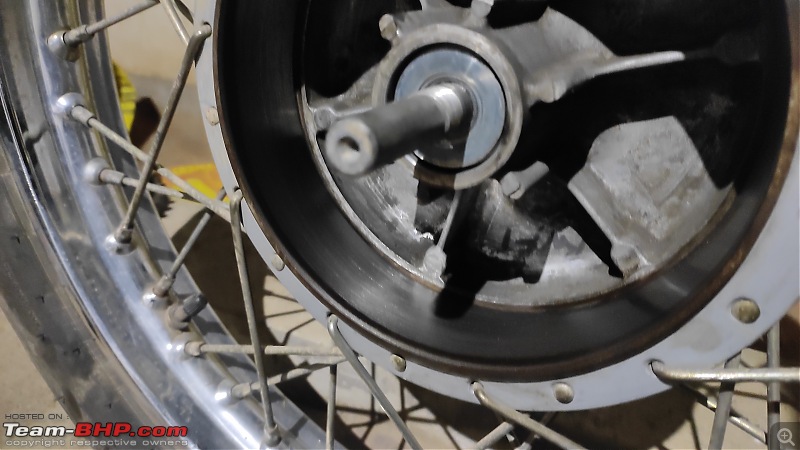
Apart from the spongy feedback, the more pressing issue was that the actuators did not return back to the starting position after letting go of the lever. I took apart the entire brake assembly and found out that the rounded edges of the rectangular cams that actuate the brake shoes had become flat due to wear and tear. I couldn't get images of the condition of the cams before I worked on them. This is the cam after rounding off the edges with sandpaper.

The flat face of the brake shoes where the cam made contact had also worn out and become full of ridges which was also a reason for the cams not returning to their starting points.

This face was sanded down with oil and 220 grit sandpaper to remove the ridges as much as possible.

The hub was also oil-sanded to a smooth finish, getting rid of all the rust spots. The pivots were greased and the entire assembly was put back. Pictures of the re-assembly were unfortunately not backed up. Here's the guy after reassembly and ready for testing.

I did a couple of stationary actuations, adjusting the lever play and the cable tightness before taking the bike out for a spin.
There was no point in taking it out for a 100 - 0 kph test or anything so I just did two slower speed tests.
- 40-0 kmph: 6.5 metres
- 50-0 kmph: 11 metres
The official brake distances for the Bullet 350 are nowhere to be found for some reason. However, the latest classic seems to drop from 60 to 0 across nearly 18 metres. The above values extrapolated to 60 metres seem to come close to this. However, there are multiple variables to consider here.
- The classic is heavier by nearly 10 kg which can alter braking distance by a huge margin
- The new classic has front and rear disc brakes whereas I have dual drums
- The tested speeds being different play a huge role in determining the braking efficiency
- The engine braking levels of the old and new models vary quite a bit
Hence, a bullet-to-bullet comparison would only tell if mine works well or not.
However, for a general ballpark, I think the brakes are now performing quite adequately and have a good strong bite when required.The same work for the rear brake is now on the to-do list. Already did the cleaning and sanding for the rear drum once but I did some extreme daredevil riding in a road filled with almost a foot of thick mud. God knows how I escaped without falling or getting irreparably stuck there. So yeah, the rear will also need work which is for another post, another day. Until next time, cheers!
Check out BHPian comments for more insights and information.



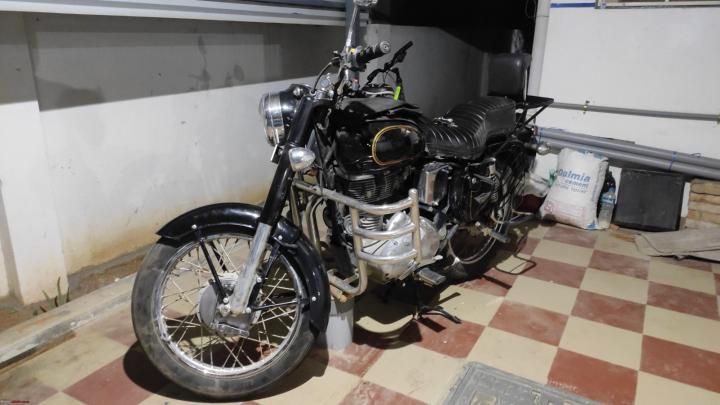








_5.jpg)



